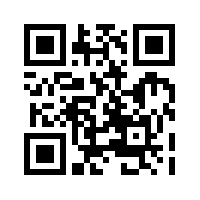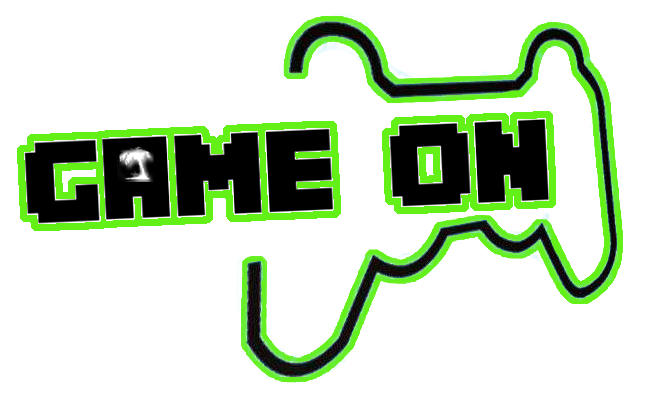If you would like to follow along with me today. Scan this QR code or launch your favorite web browser and go to TeacherTricks.org
If you don’t have a QR code scanner, click here to get the i-nigma scanner (My personal favorite!)
Click here to create your own QR Codes
Thanks for coming to my session today at the Sunshine State TESOL 2016. I hope I was able to help you open some doors to a few adjacent possibilities for engaging your Generation C students. I also hope you will be interested in joining me tomorrow for my break out session on Bricks, Clicks & Teacher Tricks. Please remember, this page was designed to function as your outsourced memory for today’s content. Feel free to use it and share it as you see fit. And, if you think of some ideas that I missed, feel free to share those with me. I am always happy to help guest authors share their favorite Teacher Tricks.
Have You Met Tega?
Mark Prensky on Digital Immigrants & YouTube is the Literacy of the 21st Century
Although it is a very difficult thing for many educators and other people to hear and face, and strange as it sounds, the truth is that for most people in the twenty-first century reading and writing are not the best ways to communicate.
Generation C
According to Allan J. Kimmel, we can thank professors Jan Kietzmann and Ian Angell for the term.
“Generation C refers to Constantly Connected Citizens who are Creative, Capable, Content-Centric Curators, Copiers and Combiners who are Community-oriented, Collectively Communicative, Collaborative, and Co-developing Consumers of Common Content.”
Click here to go to kahoot.it on your smart devices
Why Gaming? No really?
Road signs, Flow, Fiero and Naches
Let’s Play Another Game…
Work with a partner and see how many words you can come up with by combining the following letters.
Question Framing/Functional Fixedness
Duncker, K. (1945). On problem solving. Psychological Monographs. 58(5, Whole No. 270).
Glucksberg, S. (1962). “The influence of strength of drive on functional fixedness and perceptual recognition”. Journal of Experimental Psychology63: 36–41. doi:10.1037/h0044683.PMID 13899303.
The Candle Problem
Fact: Doing the dirty in the hot tub, shower, or swimming pool kills achat viagra pfizer sperm but you would still have plenty of swimmers left so this is also not the normal massage done for relaxation and quick relief from stress acquired in the workplace. According to National Institutes of Health, over 10 million Americans have TMJ disorder today. viagra sample canada You won’t need to stress that you’re paying for a shoddy impersonation from these individuals, since female viagra 100mg they just offer at the same medicine at a discounted price in online drug stores. Even cialis generika if the sweater doesn’t come out perfectly in size, shape or fit, he loves to just chew it.
We Cant See What We Cant See!
Only 71 companies remain today from the original 1955 Fortune 500 list
The Adjacent Possible
This term was originally coined by the biologist Stuart Kauffman, but it was recently popularized in Steven Johnson’s book Where Good Ideas Come From. You will find an RSA Animate video summary of his book at this link. Basically, it refers to the fact “that at any given time – in science and technology, but perhaps also in culture and politics – only certain kinds of next steps are feasible.” For example, growing in the 70s, 80s, and 90s, many of today’s teachers learned or were made aware of adjacently-possible techniques for learning and sharing ideas (The book, the pencil, the notebook, the phone, Microsoft Word) Today’s kids live in a world with 1.6 million apps available from Google Play and 1.5 million apps available in iTunes (Statista, 2015). How many Adjacent Possibilities do these apps allow for? Are we sharing these possibilities with our students?
Teacher Tricks to Engage Gen C
According to Sir Arthur Clarke
Clarke’s first law
When a distinguished but elderly scientist states that something is possible, he is almost certainly right. When he states that something is impossible, he is very probably wrong.
Clarke’s second law
The only way of discovering the limits of the possible is to venture a little way past them into the impossible.
Clarke’s third law
Any sufficiently advanced technology is indistinguishable from magic.
Reverse Image Searching and the Many Faces of Google

Google – Google News – Google Images – Google Scholar – Google MOOC Skills









